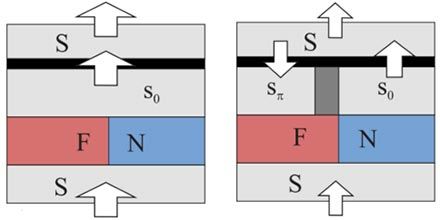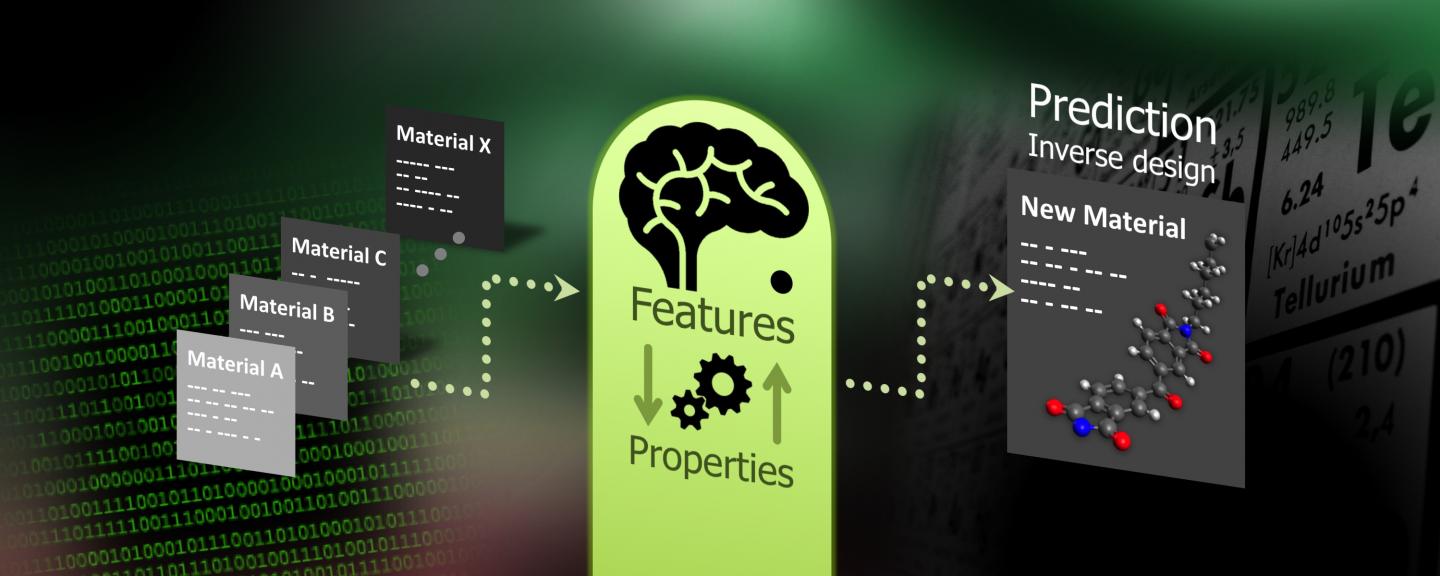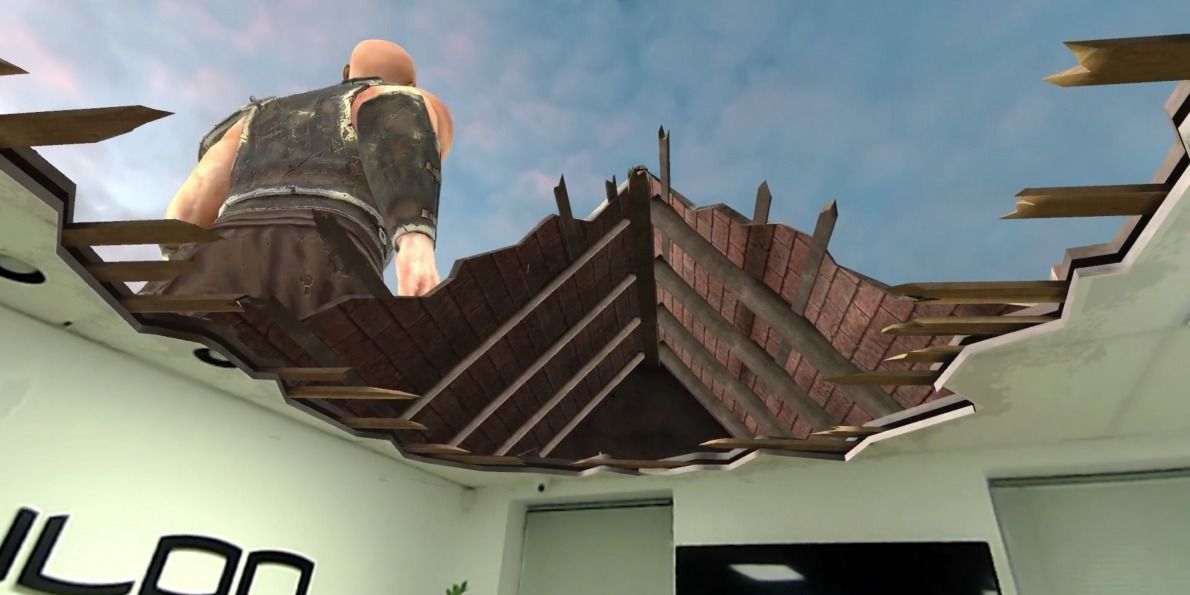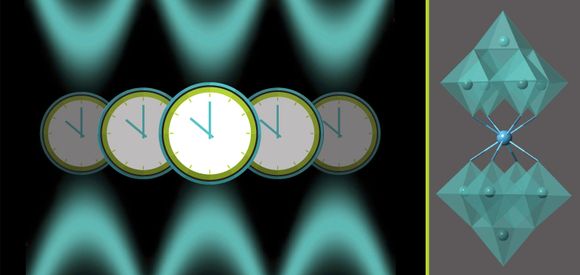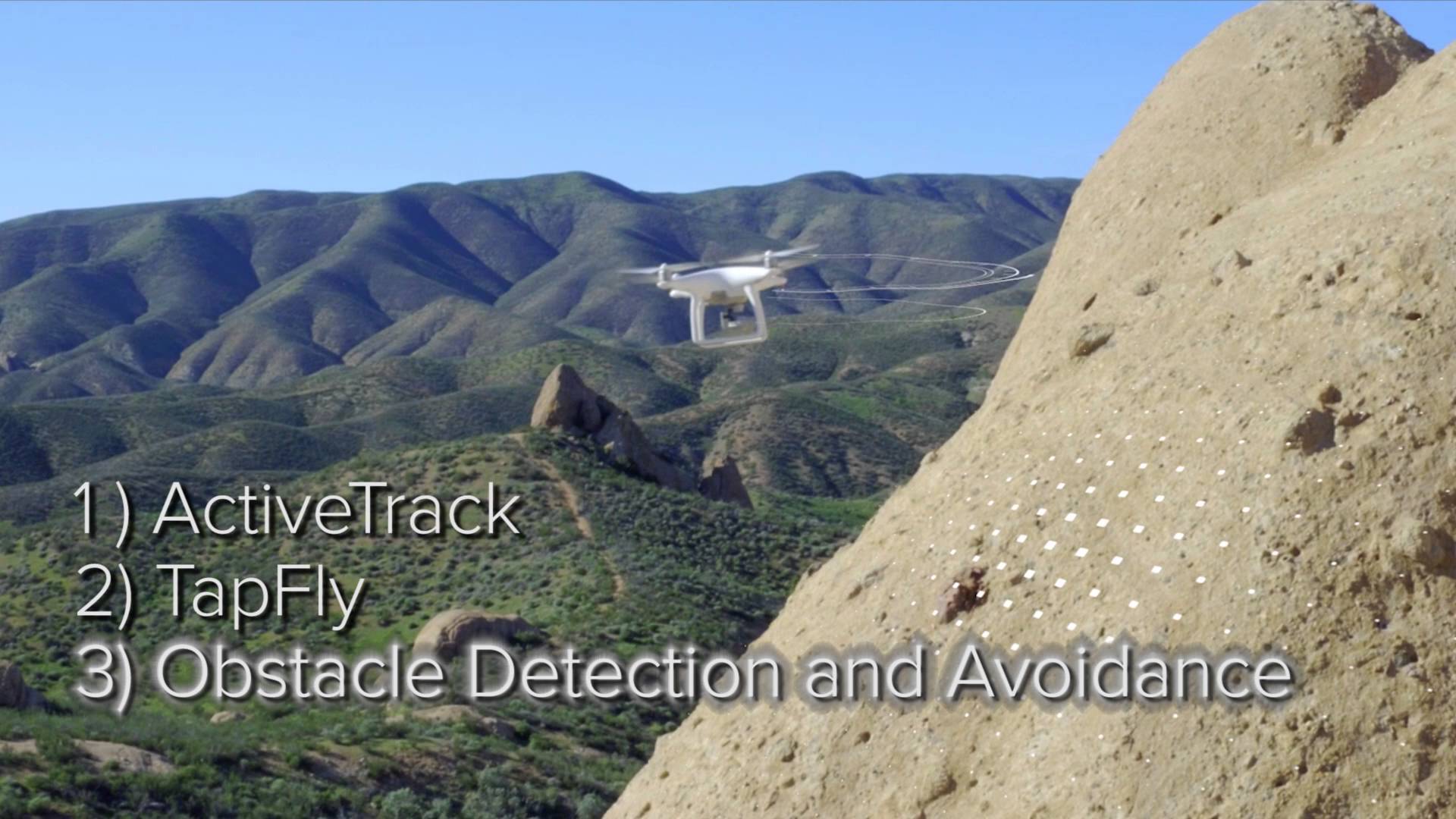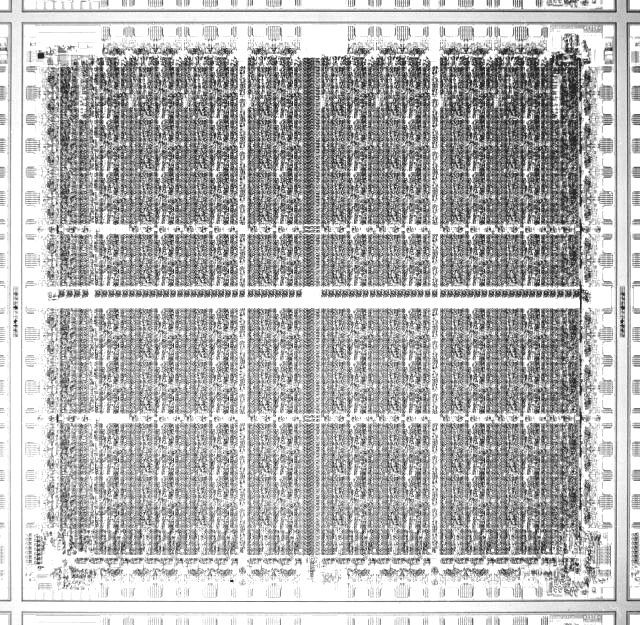https://youtube.com/watch?v=hX0UELNRR1I
A few weeks ago DJI unveiled its newest drone, the Phantom 4, the first craft to offer robust obstacle avoidance at a price the average consumer can afford. It relied on computer vision to power its autonomous flight, and since DJI had shown off this kind of tech before, we assumed that all the hardware on the Phantom 4 was homegrown, or backed by a giant like Intel. But today the chipmaker Movidius announced that its latest offer, the Myriad 2, was at the center of the onboard processor powering the Phantom 4’s incredible new abilities.
As it turns out this isn’t the first time Movidius has partnered with a big name to develop cutting edge technology. Back in 2014 its first chip, the Myriad 1, was revealed as the brains inside of Google’s first generation of Project Tango tablets. After a decade toiling in relative obscurity, the small 125 person company is suddenly poised to emerge as a leader at the intersection of several major markets — from drones to phones to virtual reality — which are looking for ways to enable cheap, power-efficient computer vision.
“The company was founded in late 2005, so we’ve had a long gestation,” says CEO Remi El-Ouazzane with a laugh. In its early years it found some business converting old movies into 3D, helping to shore up content offerings for the 3D TV market that never took off. In 2010 its chips were put to use as an engine for 3D rendering, but it was competing with plenty of established chip makers in that market. It wasn’t until 2013, and its partnership with Tango, that the company realized how widespread the application of computer vision could be, and focused in on optimizing for what it believed would be the next wave of devices.
Read more
